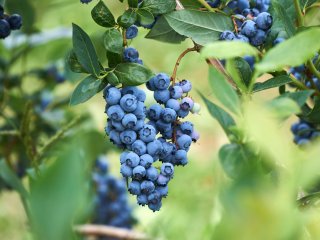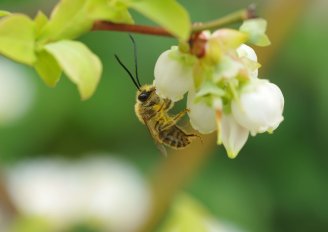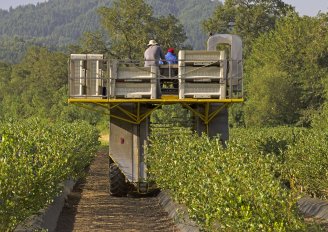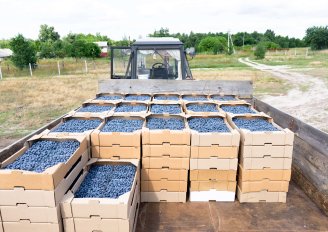
Harvest practices for blueberries
Proper harvest of blueberries is essential for a successful supply chain. The performance of the harvesters is critical to delivering a good quality product. First of all, picking at the right maturity is important to develop a satisfactory final eating quality. Not only the harvest, but also further handling, such as grading, sorting and packaging, must be done carefully to avoid bruising and other damage to the product. The use of clean and suitable materials at all time from the harvest to the consumers contribute greatly to minimal losses.

Harvest of blueberries
If blueberries are harvested too early, they will not ripen and may not deliver satisfactory quality. On the other hand, blueberries that are harvested too late will be more susceptible diseases, dehydration and storage potential. Therefore, the end market must be taken into consideration when determining the harvest moment. For long distance transport, blueberries must be harvested at their highest storage potential. Once ripe, blueberries turn blue and develop their characteristic aroma, flavour and texture. Furthermore, in the final days before reaching harvest maturity, fruit size and juiciness increase strongly.





